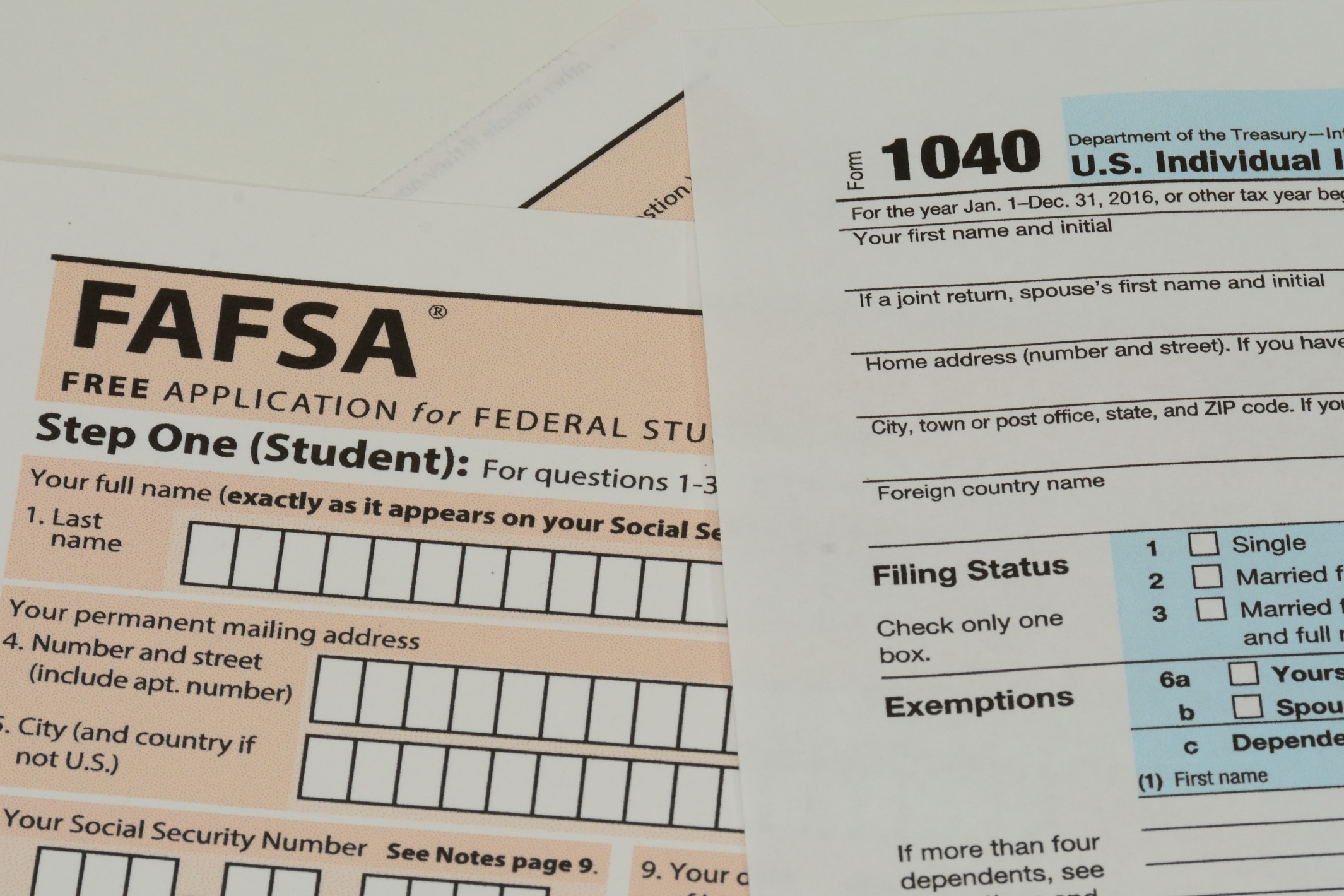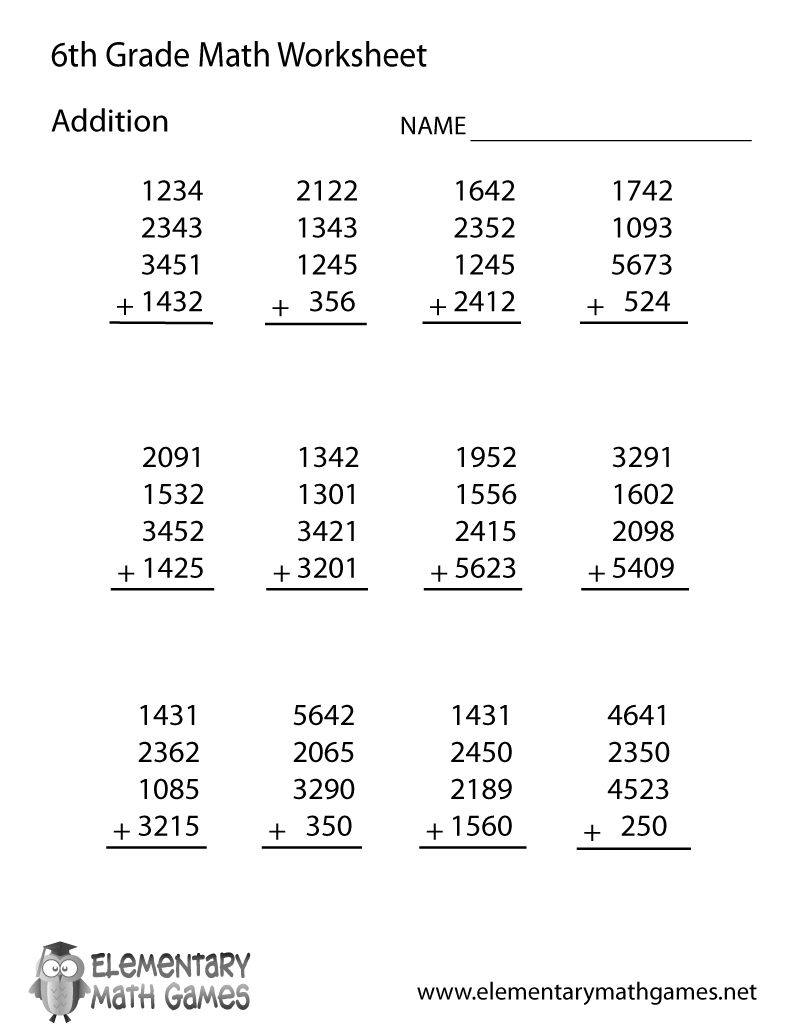
The MIT xPro Program allows you to get a certificate proving your completion. However, this program is often more costly than MOOCs. However, you get unlimited options and a verified certificate, which is usually worth the price. These courses can be used by entrepreneurs, businesspeople, and anyone else who wants to create their own company.
Entrepreneurship
The Becoming an Entrepreneur at MIT EdX course is a free online course designed to teach the skills necessary for starting a business. This course covers everything you need to know about market research and creating new ideas. The course follows MIT's proven approach to entrepreneurial learning. Practical applications are also stressed.
The courses are taught by world-renowned entrepreneurs and business personalities who can share their experiences and teach you how to build a successful business. The course will teach you how to harness your creativity and take control of your career. To start a company, for example, you will be able to adopt a musician's approach. You can succeed, no matter if you are a novice or an experienced entrepreneur.

Design Thinking
The Design Thinking atMIT edX specialization provides an in-depth education on the methodology and creativity of design thinking. Through a combination of structured models as well as techniques, it helps students become change-makers within any industry. It includes four core courses along with a hands on final project that puts design thought into practice.
Students will learn to integrate design thinking into complex problem-solving and organizational decision-making processes. The program is completely free and does not require any prerequisites. The program covers topics like concept creation, organizational decisionmaking, and collaboration.
Micromasters in supply chain management
A Micromasters degree in supply chain management can help students show their expertise in a dynamic area. This course teaches students how new technologies and statistics can be used to optimize supply chain design and optimization. Students are encouraged to contact Educatly, a free service for students that provides educational support.
MicroMasters programs are graduate-level courses that help learners advance their careers. Employers recognize them for their practical application and deep learning in specific career fields. This 10-month program is aimed at supply chain professionals who want to gain a new skill set and advance their career. Graduates can even re-enter into the workforce with advanced skills and knowledge. This will allow them to make a more attractive salary.

MITx Online
MITx Online has many benefits for students and instructors. First, it is free. This is a marked change from online classes that were offered in the past where only students who registered for a class could earn a credential. The program also seeks to foster collaboration between students and professors.
MITx is a part of a universitywide effort in online learning research. This project aims to understand how people learn, and to help them create the best online learning experience. It will also provide a platform where campus-based students can access highly effective learning tools.
FAQ
What is a vocational school?
Vocational school programs are designed to prepare individuals for specific jobs. They might also provide training in job-related skills and general education.
Vocational education has a significant role to play in society. It helps young people gain the skills they need to succeed. It makes sure that every student has access to high-quality educational opportunities.
Vocational schools offer a variety of options for students, such as apprenticeships, certificates and diplomas, degrees, college transfers programs, and other postsecondary credentials. Vocational schools offer both academic and practical courses in math, science and English.
What does it take to be a teacher of early childhood education?
Teacher in early childhood education needs to have specific training. Most states require teaching candidates to get certification from state boards in order to be allowed to teach in public schools.
Some states require that teachers pass exams on reading and math.
Some states require teachers to hold a certain number of hours of coursework related to early childhood education.
Most states have minimum requirements regarding what teachers should know. However, the requirements may vary between states.
How can I apply for college?
There are many methods to apply to college. Get started by talking to your high-school guidance counselor or admissions representative. Many high schools now use online applications. Contact local colleges for more information. Many colleges accept applications via the Internet.
If you choose to apply via mail, fill out the application. You will also need to write a personal story and attach copies of all documents. You have the opportunity to express why you wish to attend this college and how it will benefit you. It helps the admissions team understand your motivations and goals.
On our website, you will find samples of essays that can be downloaded.
How much does homeschooling cost?
Homeschooling comes with no fees. Some families charge between $0-$20 per lesson. Other families offer free services.
However, homeschooling requires dedication and commitment. Parents need to make sure they have enough time to spend with their children.
They also need to have access book, supplies, books, and other learning resources. Many homeschoolers need to access community programs and events to complement their curriculum.
Parents should think about transportation costs, tutors, and other activities.
Homeschoolers must also plan ahead to take part in field trips, vacations, or special occasions.
Statistics
- Globally, in 2008, around 89% of children aged six to twelve were enrolled in primary education, and this proportion was rising. (en.wikipedia.org)
- In most developed countries, a high proportion of the population (up to 50%) now enters higher education at some time in their lives. (en.wikipedia.org)
- They are also 25% more likely to graduate from high school and have higher math and reading scores, with fewer behavioral problems,” according to research at the University of Tennessee. (habitatbroward.org)
- And, within ten years of graduation, 44.1 percent of 1993 humanities graduates had written to public officials, compared to 30.1 percent of STEM majors. (bostonreview.net)
- These institutions can vary according to different contexts.[83] (en.wikipedia.org)
External Links
How To
What is vocational training?
Vocational education is an educational program that prepares students to work after high school and college. It teaches them specific skills for specific jobs (such as welding). It also includes on-the-job training in apprenticeship programs. Vocational education is distinct from general education as it focuses more on training individuals for specific jobs than on learning broad knowledge that can be used in the future. Vocational education does more than prepare for university. It helps people find jobs after graduation.
Vocational education may be provided at all levels of schooling, including primary schools, secondary schools, colleges, universities, technical institutes, trade schools, community colleges, junior colleges, and four-year institutions. Many specialized schools are available, including nursing and culinary schools, law schools medical and dental schools, veterinary medicine school, veterinary medicine schools, firefighting training schools, police academies, military academy, and other military schools. Many of these schools provide both academic instruction as well as practical experience.
Over recent decades, there have been significant investments made in vocational education by many countries, including Australia, Denmark (Finland), Germany, Ireland and Japan. However, the effectiveness of vocational education remains controversial. Some argue it doesn't improve students' employability, while others argue it prepares them for the future.
The U.S. Bureau of Labor Statistics has estimated that 47% of American adults hold a postsecondary certificate or degree related to their current occupation. This figure is higher for those with more education. 71% (25-29) of Americans have a bachelor's level or higher and work in fields that require a postsecondary degree.
The BLS reported that almost half the adult population of the country had at least one form of postsecondary credential as of 2012. About a third of Americans were able to obtain a twoyear associate degree. Another 10% had a fouryear bachelor's. One in five Americans holds a master’s degree or doctorate.
In 2013, the median annual wage for persons holding a bachelor's degree was $50,900, compared to $23,800 for those without a degree. For those with advanced degrees, the median wage was $81,300.
For those who did no high school, the median salary was only $15,000. The median annual income for those with less than a high-school diploma was $13,000